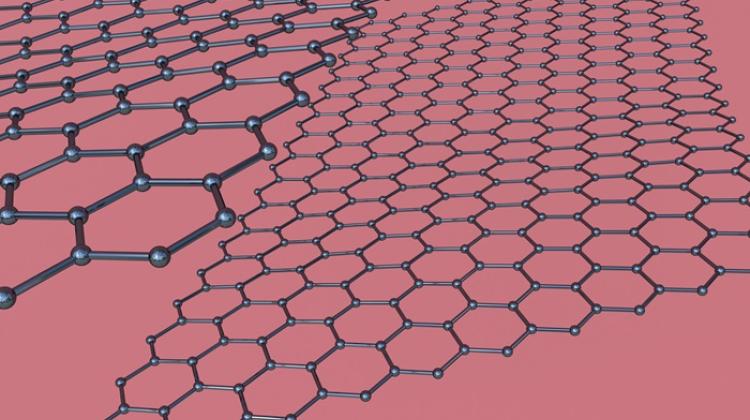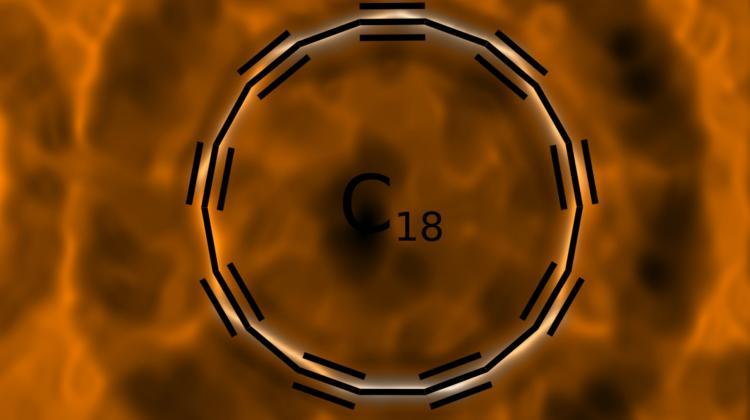A way to process carbon dioxide? Artificial leaf!

Researchers at Wroclaw University of Technology draw inspiration from nature: they want to create an artificial leaf - taking advantage of the graphene technology. It would not only allow to get rid of carbon dioxide, but also produce fuel.
Technologies using fossil fuels to produce energy, produce huge amounts of carbon dioxide, which becomes one of the causes of global warming. The problem, therefore, is how to dispose of this gas. "This is one of the most important topics on which scientists are working now" - said Dr. Bartłomiej Szyja of the Faculty of Chemistry, Wroclaw University of Technology. The scientist and his team conducts research on the creation of an artificial leaf based on graphene. The university website reported on the research project.
The researcher explained that carbon dioxide is a very stable molecule, thus its disposal process requires a large energy input. In nature, CO2 is consumed in the process of photosynthesis, in which it is converted into sugars and oxygen under the influence of light and with the use of water. However, the vast amounts of CO2 emitted into the atmosphere exceed the absorption capability of vegetation and the oceans.
"Research into carbon dioxide disposal has been conducted worldwide for some time. The process is complex and multi-step. Many possible solutions lead to different end products. In our view, the most interesting of them include methane (CH4) or methanol (CH3OH ), because they can be reused as fuel" - explained Dr. Szyja.
He explained that his team wants to use a catalyst using graphene in the process.
According to Wroclaw University of Technology website, the device will consist of two parts, performing the same functions as photosystems in nature. The role of photoanode is attracting protons and electrons from water molecules when exposed to light, and the cathode - hydrogenation of CO2 molecules using these protons and electrons.
Graphene - although it is a great conductor of electrons - is not active in the hydrogenation of CO2. It will have to be modified it by applying appropriate active phase.
"It will be a basic research project with extensive computing part, which will be concluded with the experiment, in which we will check how our device actually works" - said the scientist. He emphasised that to be able to design a suitable catalyst, one must first understand the whole process of processing carbon dioxide. "For this purpose, we will conduct a series of computer simulations and then try to >recreate< them in the laboratory" - said Dr. Szyja.
The research of chemists will take three years. Dr. Bartłomiej Szyja sees the possible future application of the invention in the fuel industry, though, as he emphasized, this is still a very distant perspective. The project is funded by the National Science Centre.
PAP - Science and Scholarship in Poland
lt/ mrt/
tr. RL
Przed dodaniem komentarza prosimy o zapoznanie z Regulaminem forum serwisu Nauka w Polsce.


















